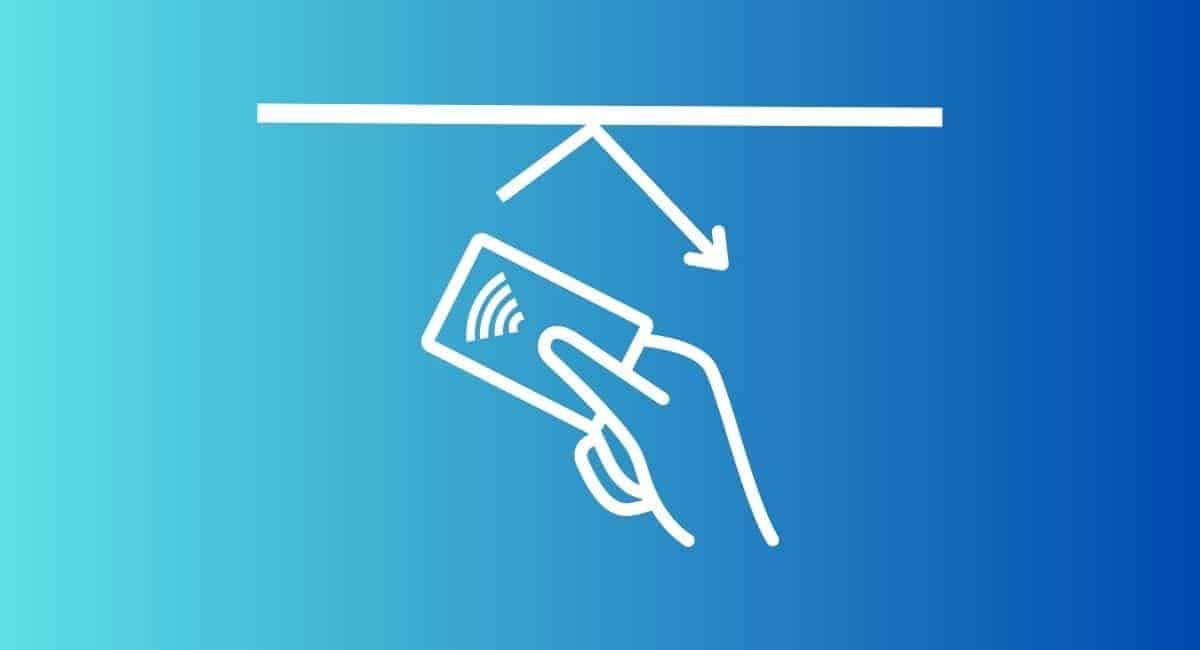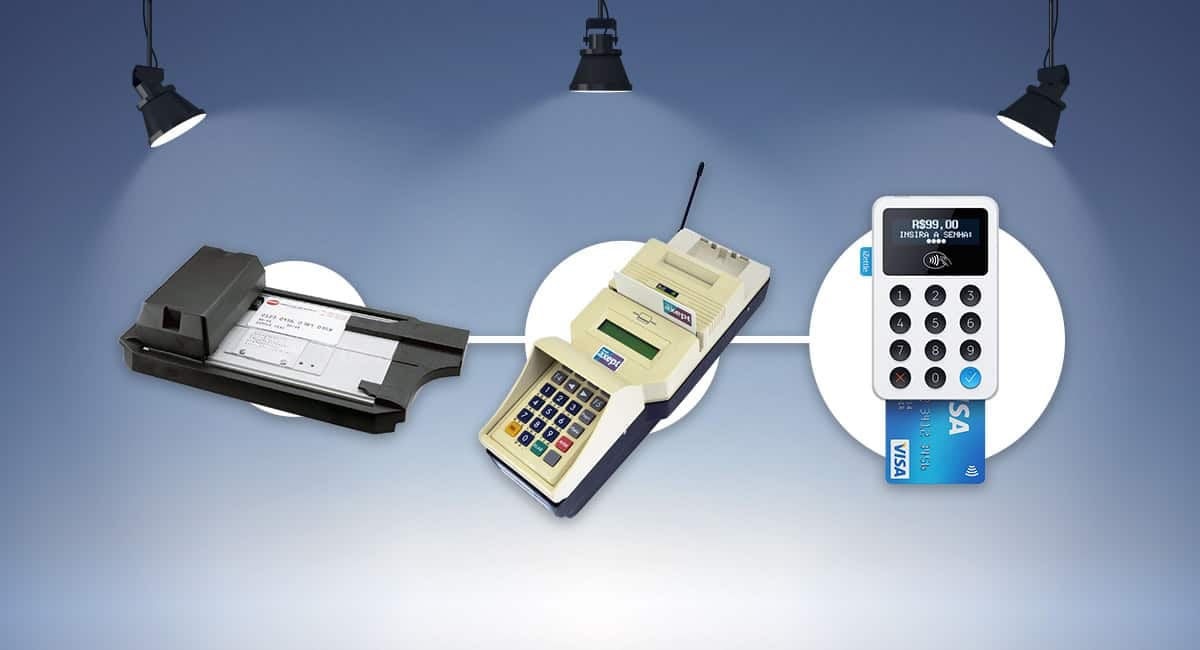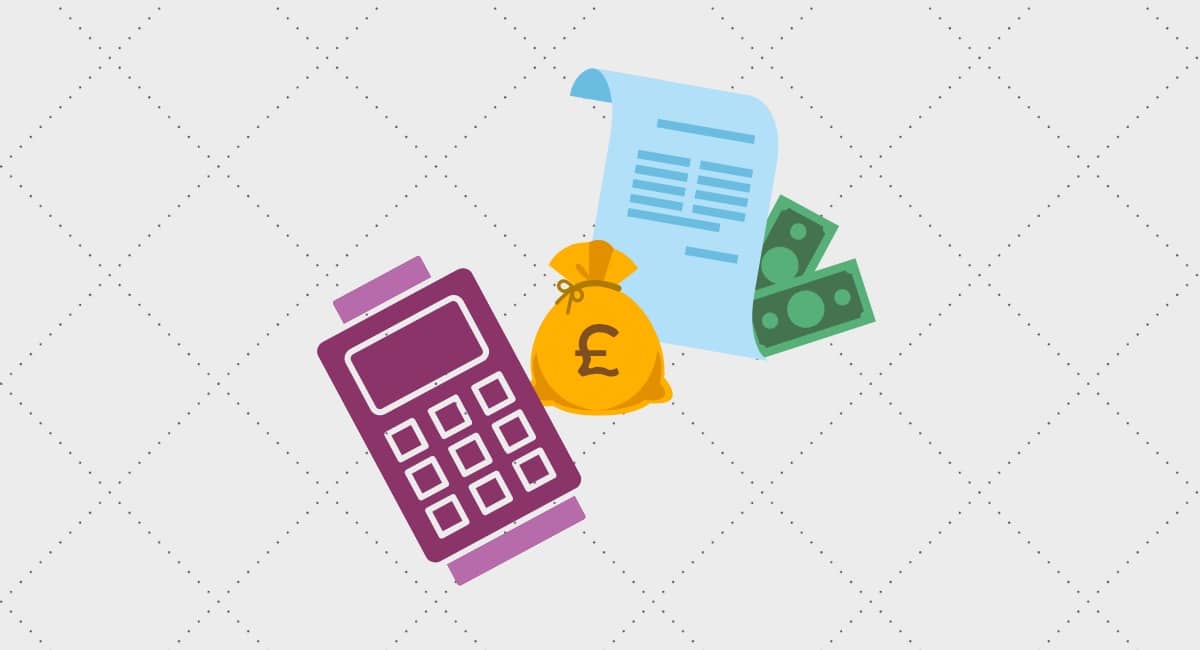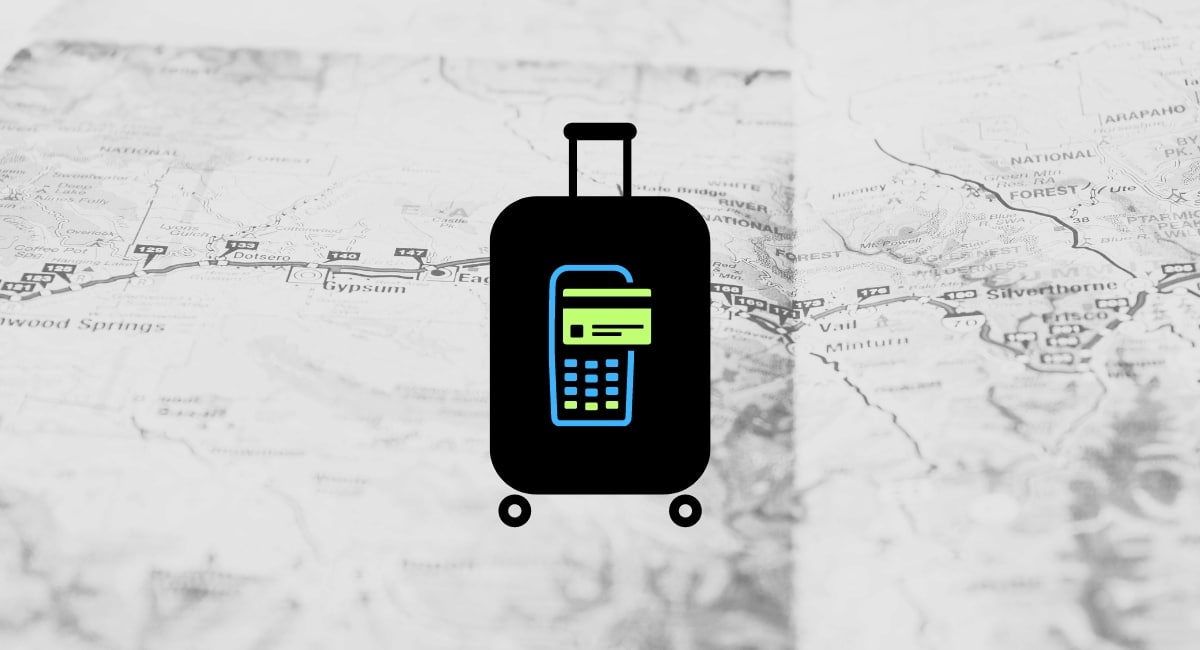In the UK, the contactless limit is £100 for payments with a physical debit or credit card. This limit does not exist for contactless payments via Apple Pay or Google Pay.
Is that the whole story? Not really. The limit is not valid for every transaction, and certain rules apply to contactless payments in the UK and beyond.
Specific limits for contactless cards
We know that bank cards can be stolen, in which case contactless payments are the easy solution for the thief. This is why, for security reasons, the UK has had a contactless payment limit since the early days of contactless debit and credit cards.
In April 2020, this limit increased from £30 to £45. Then from 15 October 2021, the contactless limit increased to £100 in the UK as a result of the widespread use of contactless transactions due to hygiene fears around touching card machines.
Some were worried about the risk of such a high limit, but people soon embraced the convenience of being able to tap to pay for nearly all everyday transactions.
But every now and then, card issuers require a PIN code to complete a transaction to prevent excessive usage if the card is stolen. Cardholders can use contactless for multiple transactions adding up to £300 before entering a PIN – this is the cumulative transaction threshold, which increased from £130 to £300 in October 2021.
Each bank also has their own rules as to when they ask for a PIN code. Cardholders might, for example, be required to insert their card in the card machine and enter their PIN for every fifth transaction. Using a card away from the usual geographical locations or regular shops can also require chip and PIN validation.
Limits vary from country to country
The UK has one of the highest contactless transaction limits in the world. However, the US and Ecuador have no contactless card limits, barring certain exceptions by card issuers like American Express.
Due to the Covid-19 pandemic and enforcement of occasional PIN code entry, several countries in the Eurozone have also raised their contactless payment ceiling to €50, which is the maximum limit in the European Union (EU).
| Country | Amount |
|---|---|
| United States | No limit |
| United Kingdom | £100 |
| Belgium | €50 |
| France | €50 |
| Germany | €50 |
| Spain | €50 |
| Italy | €50 |
| Portugal | €50 |
In the rest of the world, limits vary greatly depending on national legislations and the price of goods. Zimbabwe has the lowest contactless limit at £1.30 (600 ZWD), while Canada and Venezuela have some of the highest specified limits at £148.15 (250 CAD) and £147.03 (5,000 VES) respectively.
Mobile wallet payments: no specific limits
Contactless payments using the mobile wallets Apple Pay, Google Pay or Samsung Pay have no maximum transaction amount of £100. That’s because digital wallets hide and encrypt card data and require more secure ways to authenticate transactions.
Instead, cardholders carry out an identification step on the smartphone when tapping the device on the card terminal. The type of ID depends on your smartphone model, but it is usually biometric authentication.
Older iPhones, for example, may require fingerprint ID on a designated spot below the touchscreen, whereas newer models require facing the phone camera to authenticate via facial recognition. Alternatively, the phone’s passcode can be entered on the smartphone screen if all else fails.
Some businesses might decide to apply a limit on mobile wallet payments, but this is not so common in the UK.
General spending limits can block a contactless transaction
Although obvious to many, it is worth remembering: contactless taps are just one of several ways to pay by card.
It could be that a contactless payment isn’t going through because your total card spending limit has been reached.
In many cases, this is possible to rectify from the banking app where you can communicate with customer support or request a higher spending limit.




